In this article, you will learn about what is an engine, and the different types of engines used in the automotive industry.
Related: Things to Consider for EVs in Extreme Climates
What is an engine?
A motor or an engine is a machine that converts energy into mechanical energy. Like an internal combustion engine, a heat engine burns fuel in the engine cylinders. On the other hand, external combustion engines are heat engines which burn fuel outside the engine’s cylinder. These are steam engines.
The energy released during the combustion of fuel is transferred to steam, which acts on a piston inside the cylinder. Chemical energy is stored in an internal combustion engine during operation. Thermal energy is converted into mechanical energy by the expansion of gases against a piston attached to a rotating crankshaft.
What is an Engine: Types of Engines
Essentially, engines are divided into two types: internal combustion engines and external combustion engines. Let’s understand what is an engine based on each type.
#1 External Combustion Engine
Typically, this is a heat engine (also known as a steam engine) that produces heat by burning fuel outside the engine cylinder. The engine uses the additional heat to produce low-pressure steam, which is then used in a turbine to generate electricity. As the fuel is burned outside the engine, solid fuel is usually used.
#2 Internal Combustion Engine
In an internal combustion engine (ICE), the fuel inside the engine is ignited and burned. The energy from the combustion is partially converted into work by the engine. Examples of internal combustion engines include two-stroke and four-stroke gasoline and diesel engines.
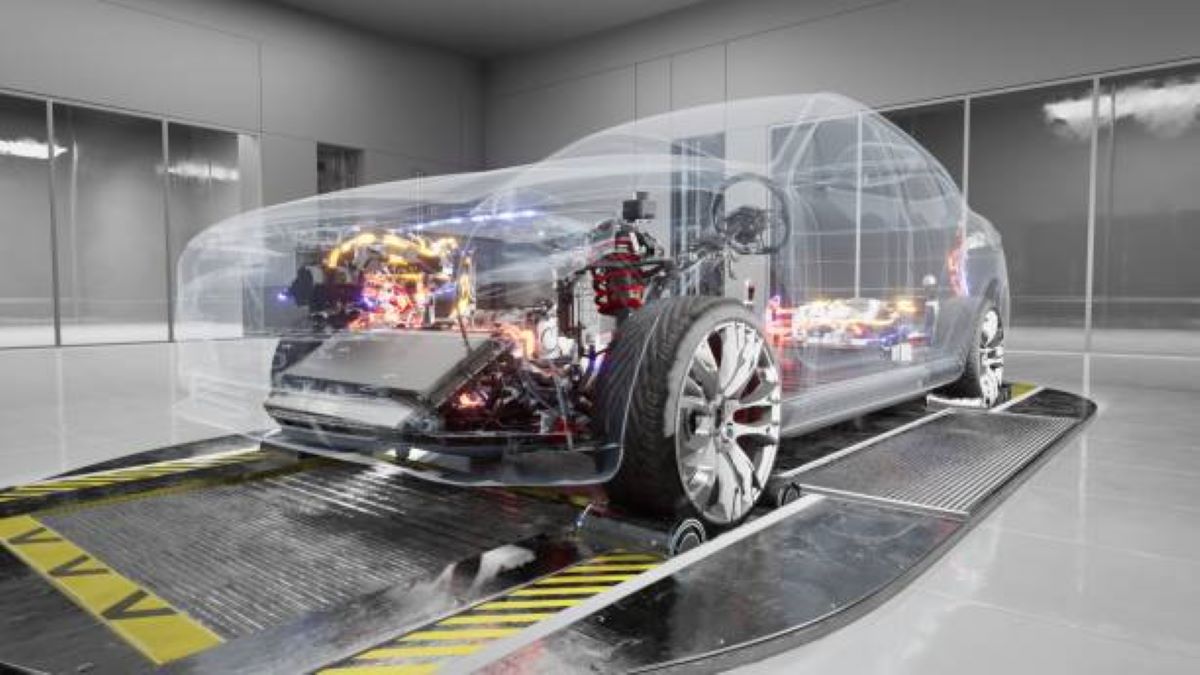
There are many types of internal combustion engines, which are classified according to different criteria.
#1 Classification by the type of fuel they use
What type of engine to use depending on the fuel they use? Depending on the type of fuel they use, engines are divided into three categories:
Gasoline Engines (or Petrol Engines)
Gasoline engines run on petrol. Gasoline is a hydrocarbon made up of compounds of hydrogen and carbon. The mixture of air and petrol is sucked into the cylinder during the intake stroke of the piston. The correct air and petrol mixture is obtained from the carburettor. The mixture is compressed during the compression stroke, ignited during the power stroke and the exhaust gases are expelled during the exhaust stroke.
The spark plug is fitted at the top of the cylinder and produces a spark that ignites the mixture.
Diesel Engine
This type of engine uses diesel oil for its operation. Diesel oil is lighter, has a lower viscosity, and a higher cetane number. In a diesel engine, only air is drawn into the cylinder during the intake stroke and compressed to high pressure, resulting in a compression ratio of up to 22:1. Its temperature also increases by about 1,000°F.
Also Read: Traffic Signal Rules You Must Know About
Diesel Oil is injected by the injector at the end of the compression stroke and is ignited and burned by the high temperature of the compressed air. No separate ignition system is required. The combustion gases expand and push the piston down during the power stroke.
Gas Turbine Engine Type
A gas turbine consists of two sections: the carburettor section and the power section. The fuel used in a gas turbine is gasoline, kerosene, or petroleum. The carburettor section burns the fuel in a burner and sends the resulting gases to the power section, which spins the power turbine. The power turbine, through a set of gears, turns the wheels.
The carburettor consists of a compressor with a rotor with a set of blades on its outer edge. As the rotor spins, the air swirls between the blades and is thrown into the burner by centrifugal force. This causes the air pressure in the burner to increase. Fuel is injected into the burner where it burns, further increasing the pressure.
#2 Classification by driving cycle

What is an engine as per their driving cycle? Automobile engines can be classified into three types based on their driving cycle: Gasoline engines.
Two-stroke engines.
Otto cycle or constant displacement cycle Otto cycle or constant displacement cycle. This cycle was put into practice by the German scientist Otto in 1876 but had already been described by the French scientist Baude Roches in 1862. An engine which works on this cycle is known as a petrol engine. Petrol engines work on this cycle.
Internal combustion engines do not undergo cyclic changes but here it is assumed that the working fluid is pure air which does not undergo any chemical changes. The air gets heated and cooled and repeats the cycle. It is also assumed that the ideal indicator chart is strictly followed.
Diesel Cycle or Constant Pressure Cycle
What is an engine run by diesel? The Diesel cycle was invented in 1897 by Dr. Rudolf Diesel. An engine which works according to this cycle is called a diesel engine. During the compression stroke, the air in the cylinder is compressed from point 1 to point 2. Now, heat is supplied from point 2 to point 3 at constant pressure and the air expands adiabatically from point 3 to point 4.
Finally, the heat is dissipated from point 4 to point 1 at constant volume. The air returns to its original state and the cycle is completed.
Dual cycle (or dual combustion cycle)
These types of engines allow the fuel in a diesel engine to burn for a longer period without compromising efficiency. Fuel is injected into the cylinder before the end of the compression stroke and combustion takes place partly at constant volume and partly at constant pressure. Such a cycle is called a dual cycle.
All diesel engines operate according to this cycle. The fuel is injected into the cylinder in two strokes before the end of the compression stroke, so the ignition delay characteristics of the fuel are taken into account.
#3 Classification according to several strokes per cycle
What is an engine as per several strokes per cycle? Automobile engines are classified according to the number of strokes per cycle.
A four-stroke engine performs a work cycle – intake, compression, work, exhaust – during four piston strokes. This means that there is only one working stroke of the pistons for every two revolutions of the crankshaft.
Two-Stroke Engine
A two-stroke engine performs a work cycle – intake, compression, work, exhaust – during four piston strokes. This means that each time the crankshaft rotates, a working cycle of the pistons occurs. Thus, a two-stroke engine produces twice as much horsepower at the same speed as a four-stroke engine of the same size.
In a two-stroke engine, the intake and compression strokes, and the power and exhaust strokes are somewhat combined. Two-stroke engines are used in motorcycles and scooters. Four-stroke engines are used in cars, trucks and buses.
#4 Classification by type of ignition
Depending on the type of ignition used, modern automobile engines are divided into two main groups:
- Spark-ignited engines.
- Engines with compression ignition.
Spark-ignited engines
Spark-ignited engines have a spark plug mounted in the cylinder head that creates an electric spark at the end of the compression stroke to ignite the fuel. Petrol engines are spark-ignited engines. There are three different types of ignition systems:
Compression ignition engine
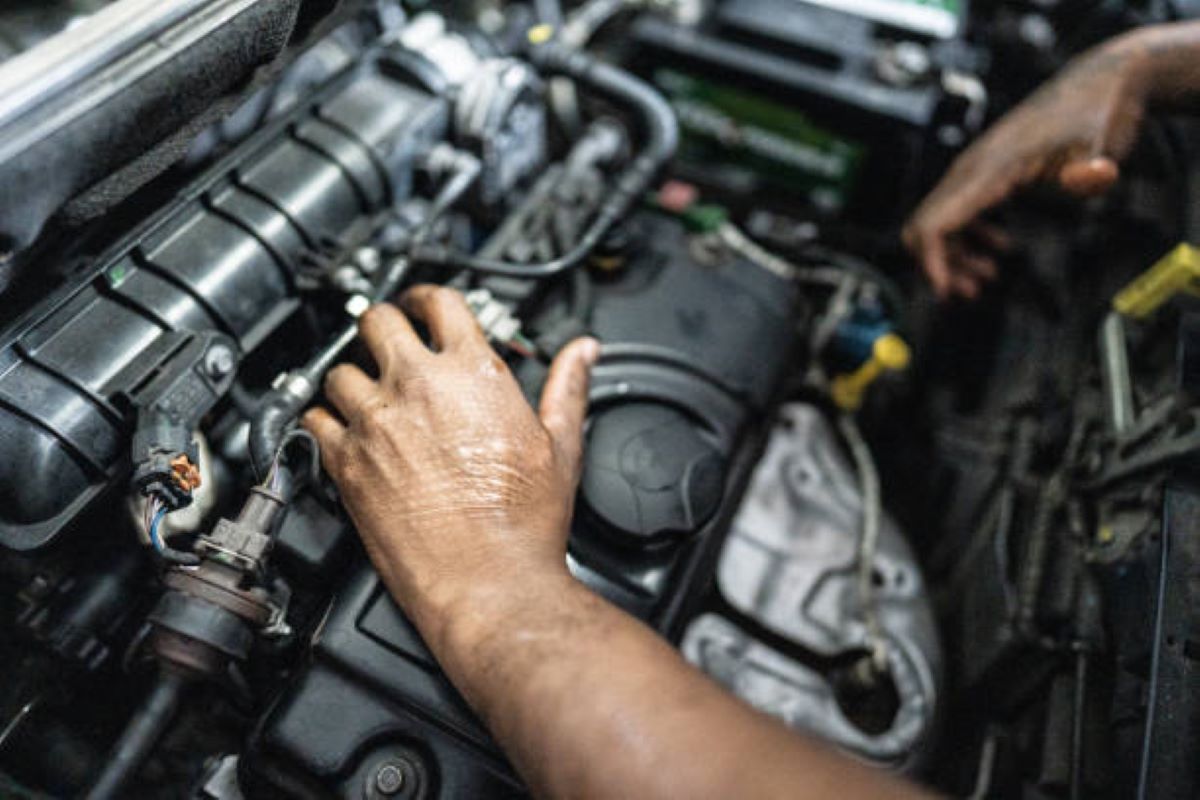
In this type of engine, the fuel is ignited by the heat of the compressed air in the cylinder. There is no spark plug to create a spark. During the compression stroke, the air is compressed in the cylinder at relatively high pressure. The compression ratio is also higher than in a petrol engine.
At the end of the compression stroke, fuel is injected and burned by the heat of the compressed air. Diesel engines are compression ignition engines. Engines with hot spot ignition are not used in practice.
#5 Classification by number and arrangement of cylinders
What is an engineas per their number categories? Car engines have 1, 2, 3, 4, 6, 8, 12 and 16 cylinders. Single-cylinder engines are used in scooters and motorcycles. Twin-cylinder engines are used in tractors. Four- and six-cylinder engines are used in passenger cars, jeeps, buses, and trucks. Comet trucks and buses have six-cylinder engines. American passenger cars have eight-cylinder engines.
12- and 16-cylinder engines are also used in some passenger cars, buses, trucks, and industrial plants. Three-cylinder engines are also used in foreign-made front-wheel drive vehicles. Cylinders can be arranged in a variety of ways: vertically, horizontally, in a row (in-line), in two diagonally arranged rows or banks (V-shaped), in two opposing rows (flat or pancake arrangement), or spoke-like one wheel (radial).
Engines are generally used for light vehicles such as scooters and motorcycles. The maximum size of a single-cylinder engine is limited to around 250-300cc. Larger engines require heavier engines because of the large unbalanced forces in single-cylinder engines. A power pulse is generated in the cylinder for two revolutions of the crankshaft.
One of the four strokes of the piston transmits power, and the remaining stroke of the piston is used to overcome the frictional resistance of the moving parts. This causes uneven torque distribution during cycling, resulting in rough operation and vibration.
A single-cylinder engine has no mechanical balance since only one piston and one connecting rod move back and forth and there are no moving parts to balance the weight. However, the engine is balanced to some extent by a counterweight attached to the crankshaft and a very heavy flywheel, whose momentum produces a relatively smooth motion.
Fluctuations in engine speed will cause vibrations in even the best single-cylinder engines. Four-cylinder engines are therefore unsuitable for use in automobiles.
Related: Vintage Car in India: A List
What is an Engine: Classification by Valve Arrangement
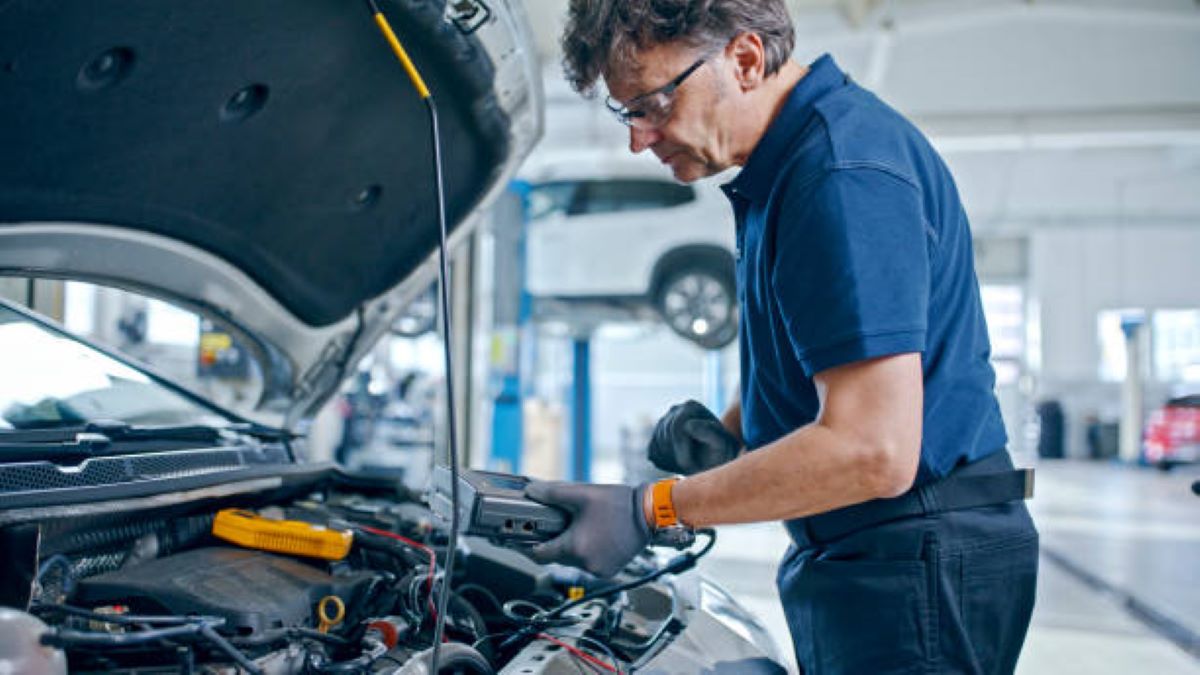
What type of engine to use as per the valve arrangement? These arrangements are called “I”, “L”, “F” and “T”. The word “LIFT” is easy to remember when recalling the four-valve layout. The I-head design is the most commonly used in automotive engines.
I-Head Engines
In an I-head or overhead valve engine, the valves are located within the cylinder head. Inline engines usually have the valves arranged in a row. In a V8 engine, the valves on each bank can be arranged in one or two rows. Regardless of the arrangement, a single camshaft operates all the valves.
L-head engines
In the L-head arrangement, the intake and exhaust valves are positioned next to each other and are driven by a single camshaft. The combustion chambers and cylinders form an inverted L shape. All the engine’s valves are arranged in a single row, whereas the V8 L-head engine has them arranged in two rows. L-head engines have the valve mechanism within the block, allowing the cylinder head to be easily removed if the engine needs overhauling.
L-head engines are robust and reliable but unsuitable for high compression. I-head valve engines are more adaptable to high compression ratios. I-head valve engines allow for a reduced dead volume compared to L-head engines. Some I-head engines have pockets in the piston crown through which the valves can move when the piston is at open TDC.
F-Head Engine
This engine combines the L-head and I-head engines, with the valves (usually the intake valves) located in the head and the exhaust valves in the cylinder block. Both sets are driven by the same camshaft.
T-Head Engine
In a T-head engine, the intake valves are on one side of the cylinder and the exhaust valves are on the other side. Thus, two camshafts are required for its operation.
What Type of Engine to Use: Classification by Cooling Method
What is an engine that drives the maximal cooling effect? Automotive engines are divided into two main categories based on the cooling method.
- Air-cooled engines.
- Water-cooled engines.
Air-cooled engines
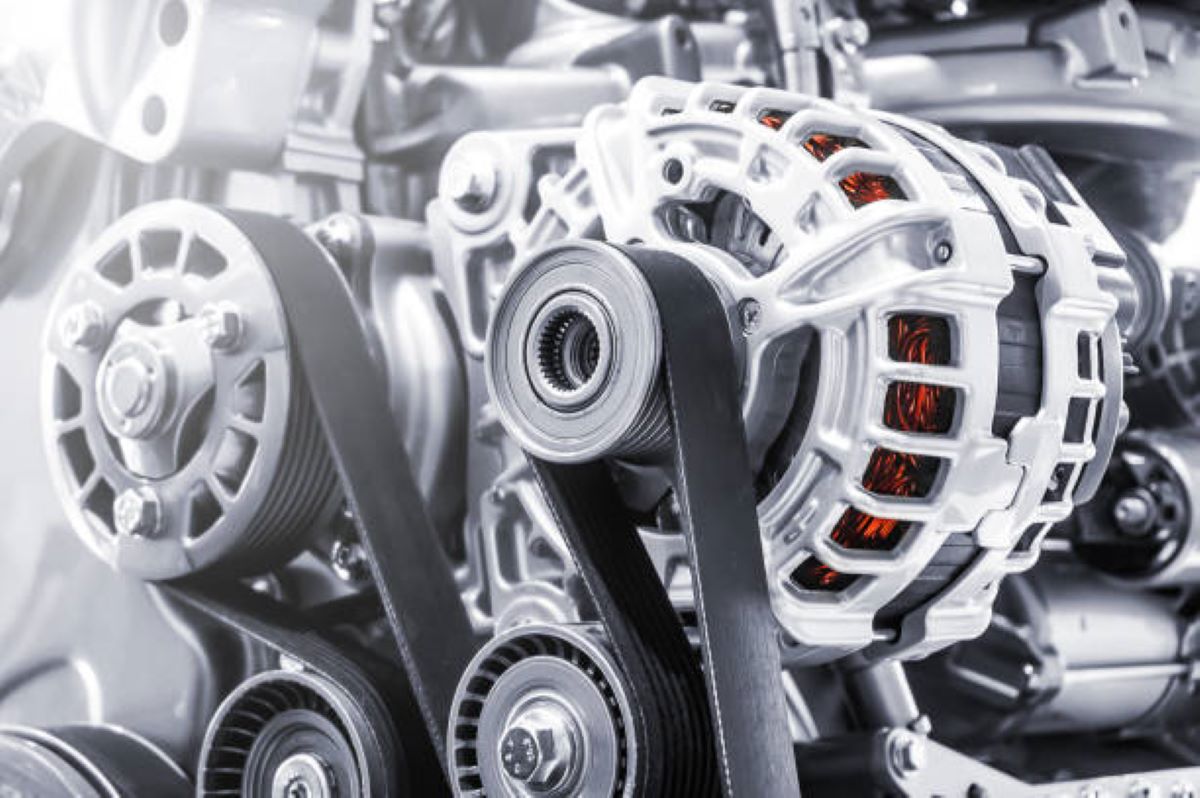
Air-cooled engines are used in motorcycles and scooters. Air-cooled engines usually have separate cylinder barrels and metal fins that increase the heat dissipation area, improving the cooling rate. Many air-cooled engines have metal covers that direct the airflow around the cylinders to improve cooling. These engines do not use water, eliminating maintenance issues in cold climates.
Water-Cooled Engines
These types of engines are used in buses, trucks, cars, and other large four-wheeled vehicles. These engines use water with antifreeze added as a coolant. Water is routed through water jackets around each combustion chamber, cylinder, valve seat, and valve stem. After passing through the engine jackets in the cylinder block or cylinder head, the water passes through a radiator and is cooled by air drawn from the radiator.
Motors with evaporative cooling are not used in practice.
What is an Engine: Classification by cylinder arrangement
What type of engine to use as per cylinder arrangement? See below:
In-line engines
Simply put, in an in-line engine, all the cylinders are arranged in a straight line. It is a reciprocating engine made up of banks of cylinders, each of which can have any number of cylinders, but rarely has more than six cylinders. This engine has the crankshaft and cylinders arranged in a straight line. In-line engines are relatively inexpensive. Due to their small size, these engines are lightweight.
V Engine
In a V engine, the cylinders are arranged in two equal rows or a V shape. This type is commonly used as it takes up less space and fits in most cars. This engine has the crankshaft and cylinders arranged at an angle. V engines have more parts than in-line engines, so they can be more expensive. In addition, it is taller than a boxer engine.
Radial engine
A reciprocating piston internal combustion engine in which the cylinders protrude from a central crankcase like the spokes of a wheel. When viewed from the front, it resembles a star, hence the name “star” engine. Radial engines are generally more reliable because of their short crankshaft, simple construction, and reduced vibration. They were widely used in aircraft engines before the popularity of gas turbine engines.
Opposed Piston Engines
What is an engine that harnesses a piston? An opposed-piston engine is a piston engine without a cylinder head, with a piston at each end of each cylinder. In this engine, the cylinders are angled at 180°, like a V-type, but at an angle of 180°. Gasoline and diesel-opposed piston engines have traditionally been used in large applications such as ships, tanks, and factories.
Horizontal Engines
Instead of moving in a V-shape like a V6 or V8 engine, the cylinders of a horizontal engine move horizontally with the floor. In this engine, the cylinders are arranged on either side of a central crankshaft. These engines are also known as boxer engines. This differs from opposed-piston engines, in which the two pistons in each cylinder share a central combustion chamber.
W Engine
The W engine has three rows of cylinders arranged in a W configuration. In contrast to the V-engine, the W engine has three or four groups of cylinders connected to one or two crankshafts. The W engine is used in large vehicles as well as luxury and exotic cars due to its small size and high power output.
Engines with Reverse Cylinder Arrangement
In an engine with a reverse cylinder arrangement, the cylinders are positioned opposite each other. The connecting rods and pistons run at equal speeds. The engine rotates more reliably and smoothly, but the arrangement makes an engine with a reversed cylinder arrangement larger in size.
Is an engine mainly used in tractors?
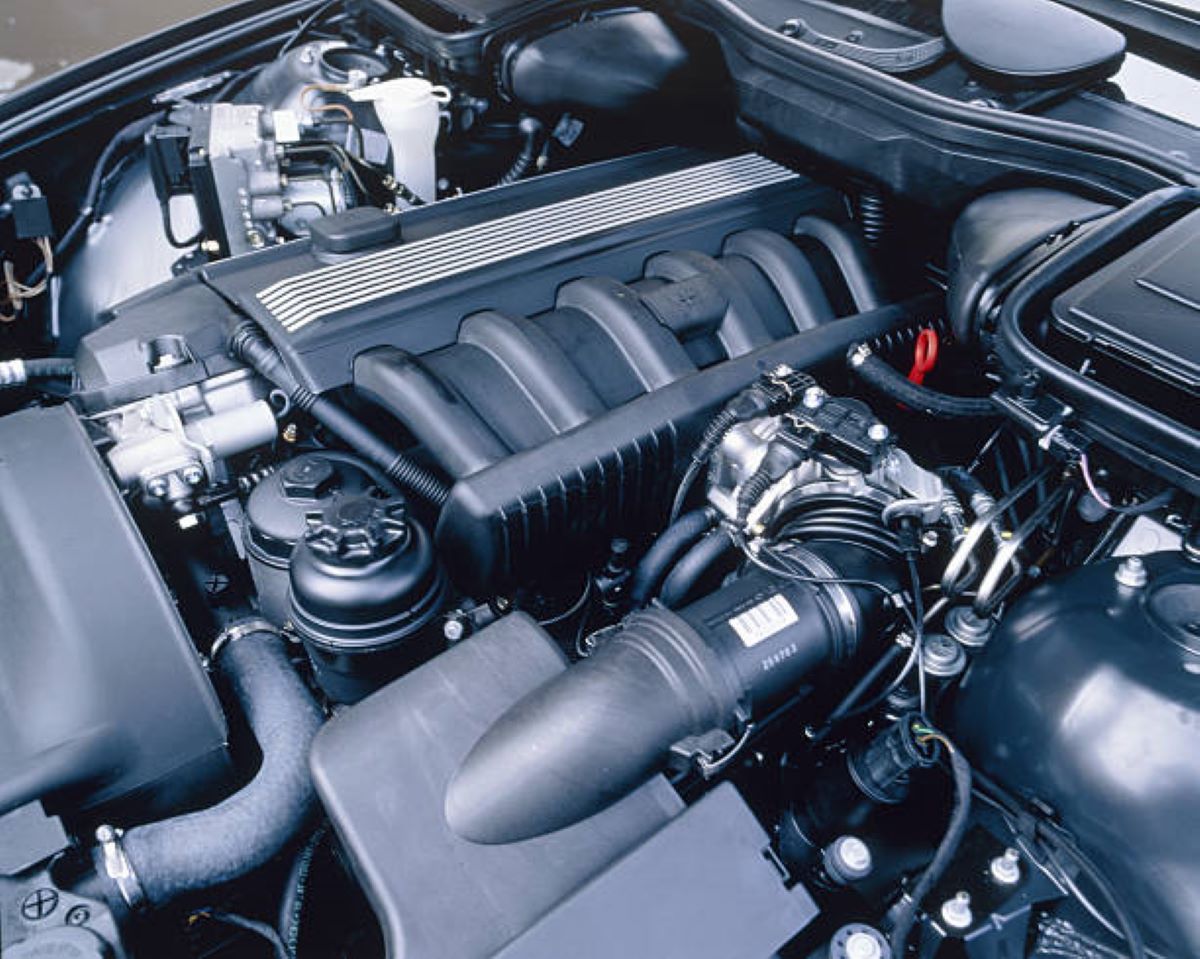
They are also used in German compact cars and Dutch DAF cars. There are three types of cylinder arrangement for two-cylinder engines: in-line, V, Boxer and 3-cylinder engines 3-cylinder engines are used in front-wheel drive vehicles with a differential placed between the engine and the gearbox.
This is a two-stroke engine. In this engine, the crankcase acts as the intake and preload chamber. Each cylinder has its sealed section of the crankcase. Thus the main bearings supporting the crankshaft are sealed and the crankcase is divided into three separate sections, one for each cylinder.
Four-cylinder engines are mainly used in passenger cars. As two working strokes are achieved per revolution the torque achieved is much more consistent than with a two-cylinder engine. The cylinders of a 4-cylinder engine are arranged in the following configuration: Vertical in-line design V design Boxer design 6- and 8-cylinder engines 6- and 8-cylinder engines offer more consistent torque and more power.
The cylinder arrangement of these engines is also of three types: in-line, V-type and boxer, just like the 4-cylinder engines. In-line 6-cylinder and V8 engines are almost universal. The angle between the rows of cylinders in a V8 engine is usually 90°. V8 engines with a smaller V angle were also produced, but their valve actuation mechanism is more complicated. A V6 engine has two rows of three cylinders, arranged diagonally from each other.
There are only three crankshafts, and the connecting rods for the two rows of opposing cylinders are attached to the same crank pin. Each crankpin has two connecting rods.
Read Also:

